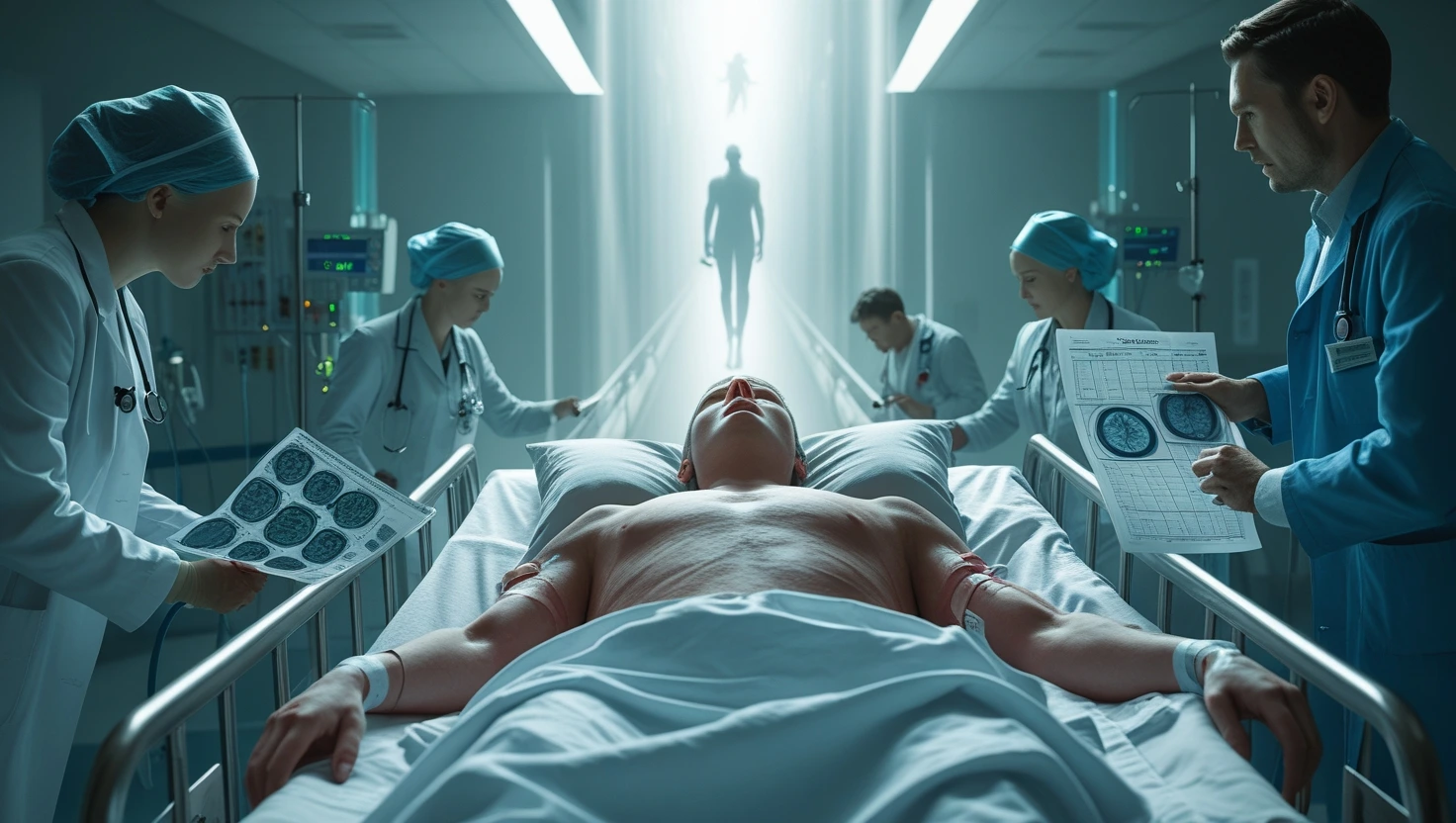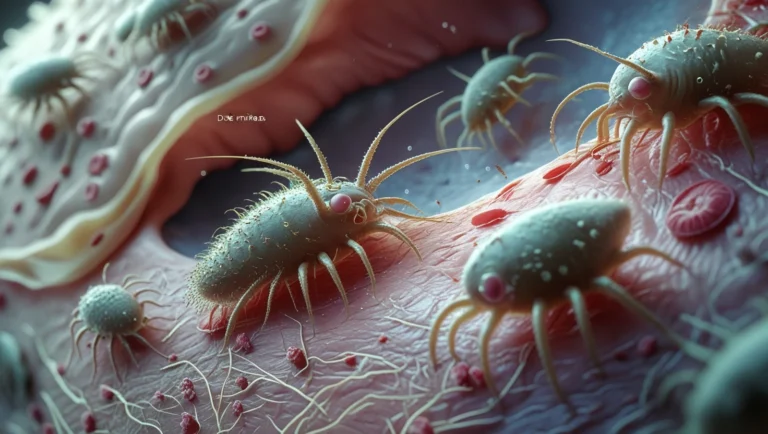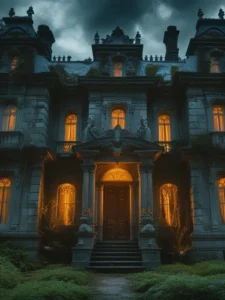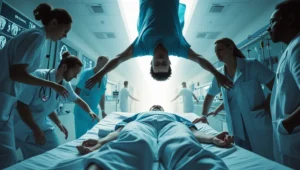Near-Death Experiences (NDEs): Science vs. Spirituality
Near-death experiences (NDEs) are profound psychological events reported by people who have been close to death, often involving out-of-body sensations, tunnels of light, or encounters with deceased loved ones. But are these experiences scientific phenomena, spiritual events, or just brain chemistry? Here’s what research says.
1. What Is a Near-Death Experience?
Common NDE Elements (Based on thousands of reports):
✔️ Out-of-body experience (OBE) – Floating above one’s body, watching medical procedures.
✔️ Tunnel of light – Moving toward a bright, welcoming light.
✔️ Life review – Reliving key moments in rapid succession.
✔️ Meeting deceased loved ones or spiritual beings.
✔️ Overwhelming peace and reluctance to return.
🔹 Frequency: 10-20% of cardiac arrest survivors report NDEs (Lancet, 2001).
2. Scientific Explanations for NDEs
A. Brain Chemistry & Oxygen Deprivation
- DMT (Dimethyltryptamine): A psychedelic compound released in extreme stress (some theorize it causes visions).
- Hypoxia (low oxygen): Can induce hallucinations (e.g., pilots in high-G forces report similar visions).
- Temporal lobe seizures: Linked to mystical/spiritual experiences.
B. The “Dying Brain” Hypothesis
- As the brain shuts down, neural circuits fire chaotically, creating dream-like, vivid hallucinations.
- The “tunnel of light” may be caused by visual cortex deprivation (like a camera fading to white).
C. Psychological Coping Mechanism
- Facing death may trigger a survival response, creating comforting visions to ease fear.
3. Evidence That Challenges Materialist Explanations
A. Veridical Perception (OBEs with Accurate Details)
- Some patients correctly describe events (e.g., surgical tools, conversations) while clinically dead (no brain activity).
- Study: AWARE I (2014) found some OBE accounts matched real events, but results were inconclusive.
B. NDEs in the Blind & Children
- Blind people (including those blind from birth) report visual NDEs.
- Children (who lack religious/cultural expectations) describe similar experiences.
C. Aftereffects of NDEs
- Many experiencers report:
- Elimination of death anxiety.
- Psychic sensitivities (e.g., heightened intuition).
- Personality changes (more altruistic, less materialistic).
🔹 Problem: These effects could be psychological, not proof of an afterlife.
4. Major NDE Research Studies
| Study | Findings | Limitations |
|---|---|---|
| AWARE I (2014) | Some OBEs matched real events, but sample size too small. | Only 2% of patients recalled OBEs. |
| Lancet (2001) | 18% of cardiac arrest survivors reported NDEs. | Could not explain veridical perceptions. |
| NDERF (2020) | 45% of experiencers met deceased relatives. | Self-reported data (recall bias). |
5. Could NDEs Prove an Afterlife?
Arguments For:
- Consistent cross-cultural reports (similar elements worldwide).
- Veridical OBEs where patients “see” things they shouldn’t know.
- Unexplained cases (e.g., blind people seeing during NDEs).
Arguments Against:
- No reproducible lab evidence of consciousness outside the brain.
- Hallucinations can feel real (e.g., dreams, psychedelics).
- Cultural influences shape NDE content (e.g., Christians see Jesus, Hindus see Yamraj).
🔹 Scientific Consensus: NDEs are real experiences, but their cause (brain vs. beyond) remains unproven.
Final Verdict: Science or Spirituality?
- NDEs are a documented neurological phenomenon.
- No definitive proof they’re “supernatural.”
- They challenge our understanding of consciousness.
💡 Do you think NDEs are glimpses of an afterlife? Or just the brain’s final fireworks?








